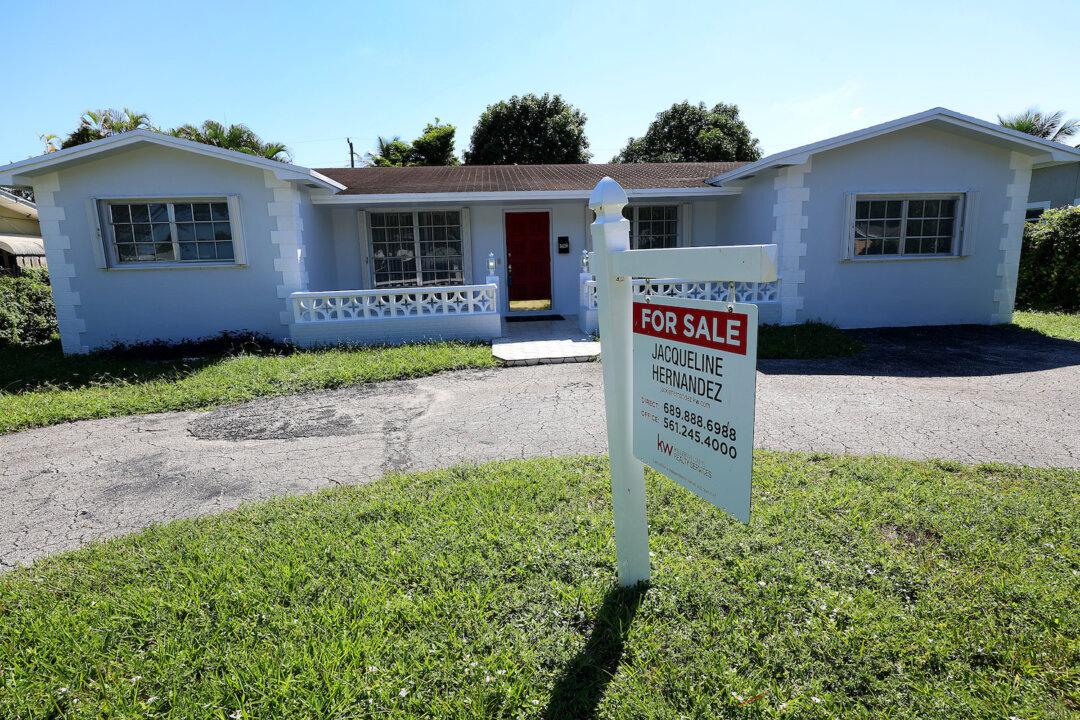Despite the 30-year mortgage rate falling to a seven-week low, the number of residential property applications tumbled for the first time in a month.
For the week ending March 31, U.S. mortgage applications dropped by 4.1 percent, the first weekly drop since the week ending Feb. 24, according to Mortgage Bankers Association’s (MBA) Weekly Mortgage Applications Survey.





